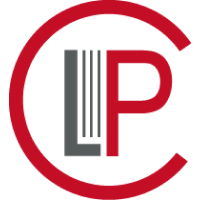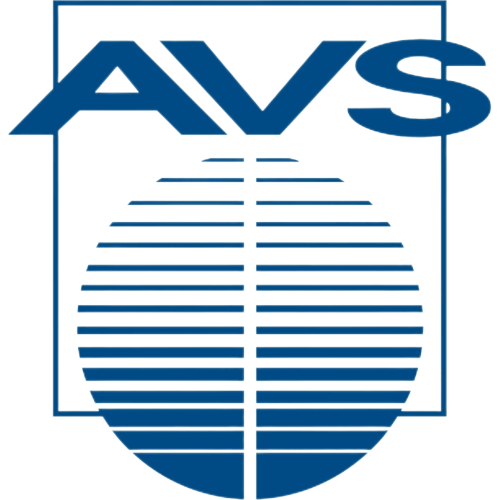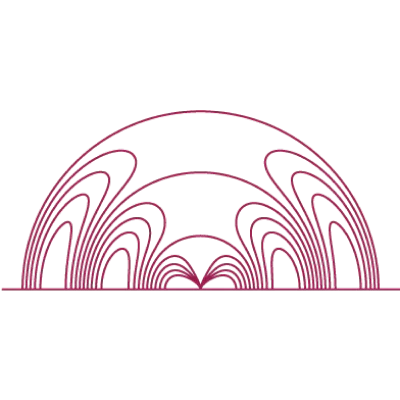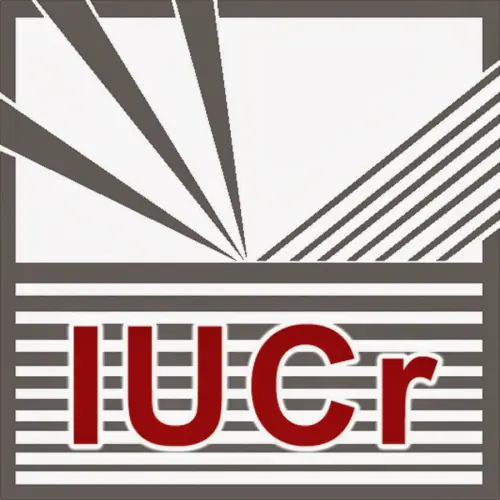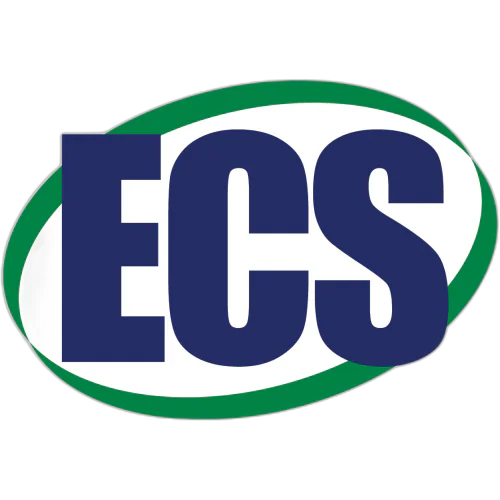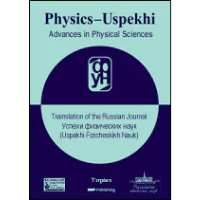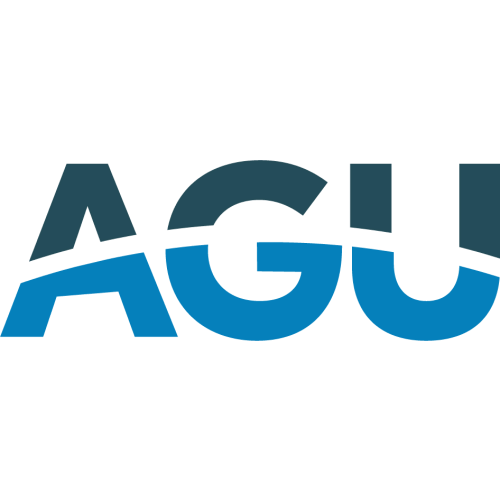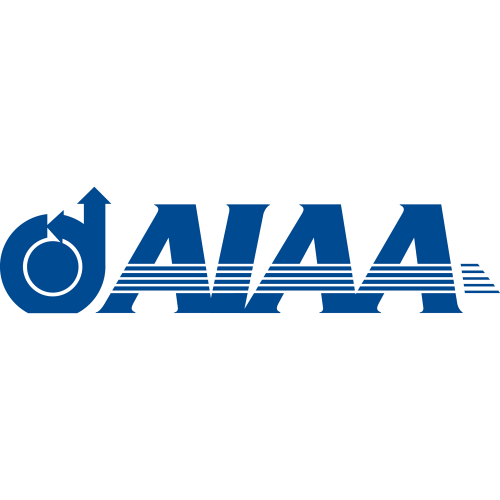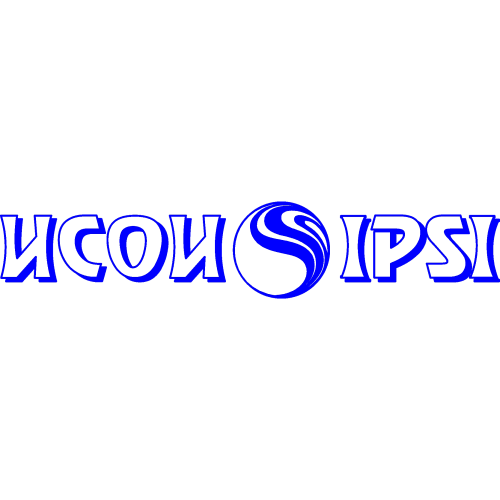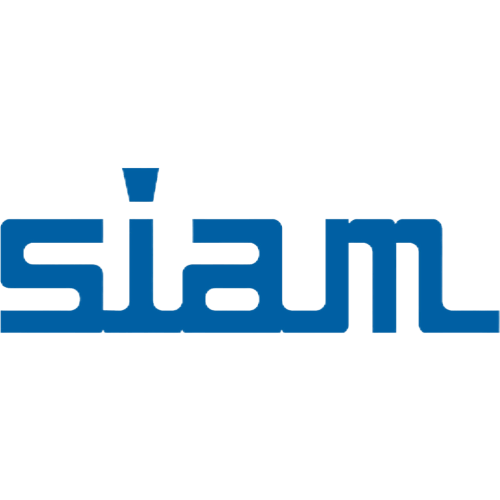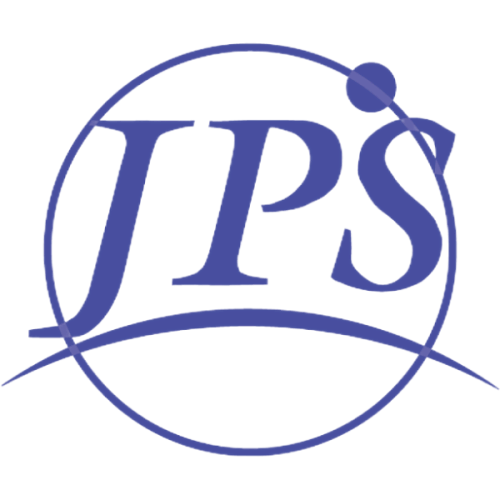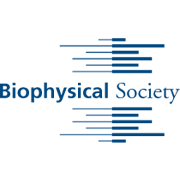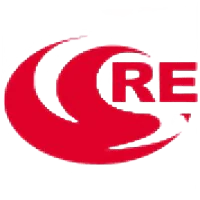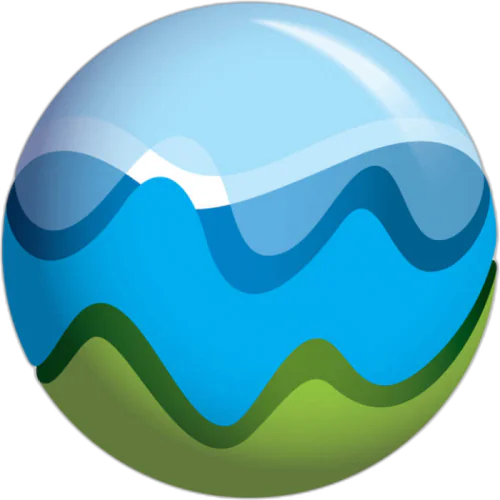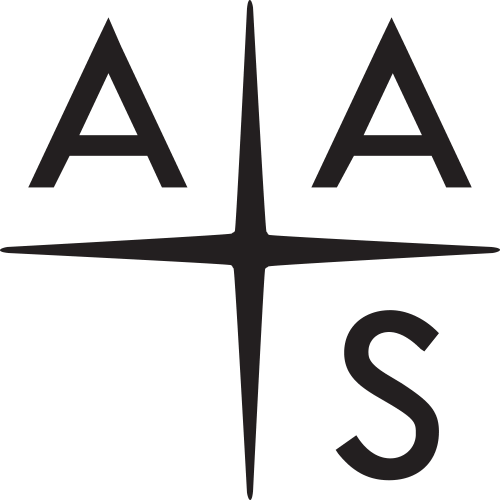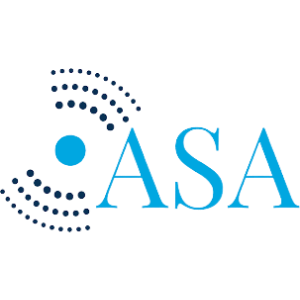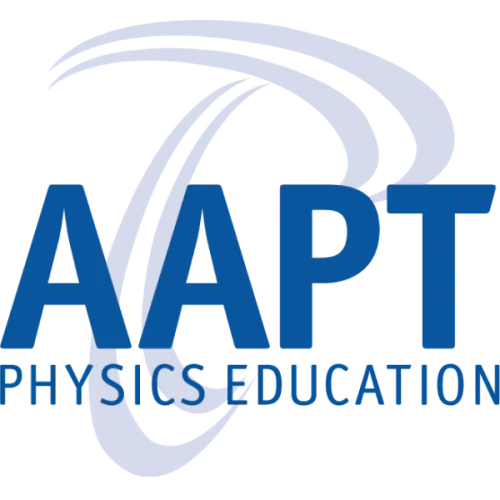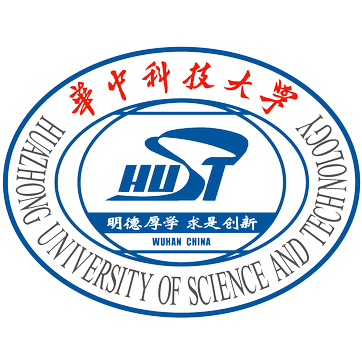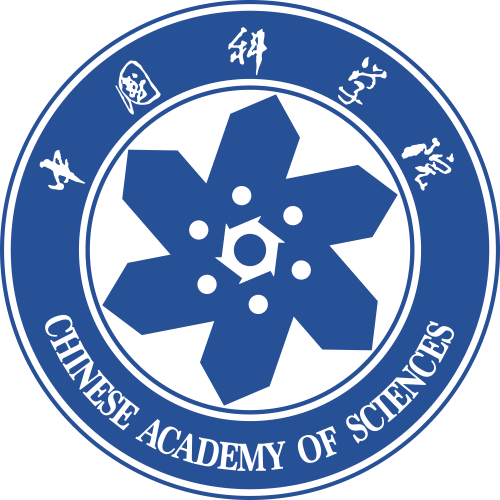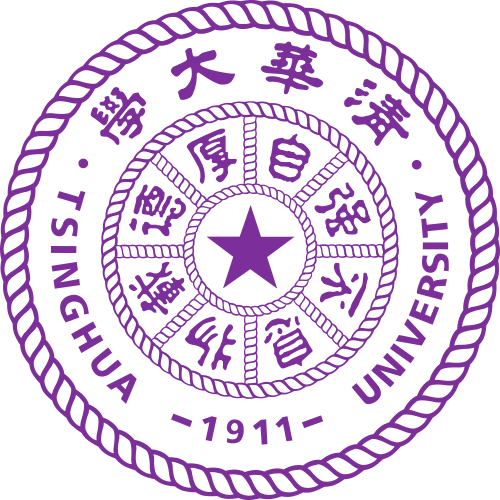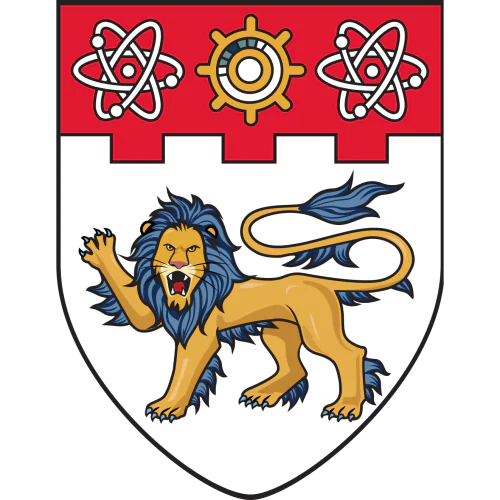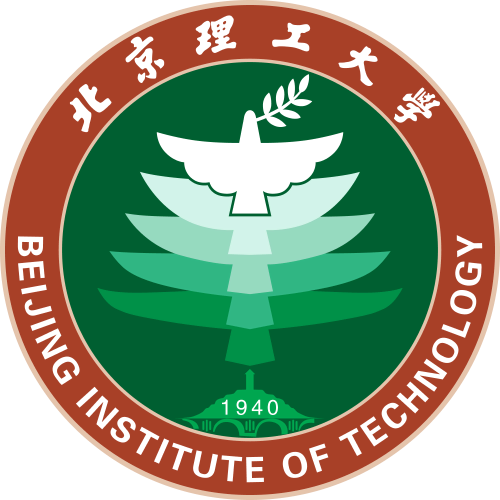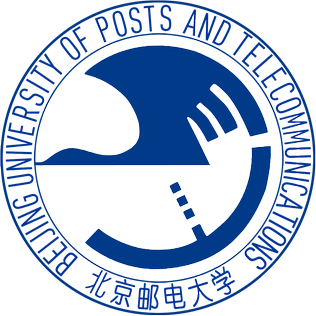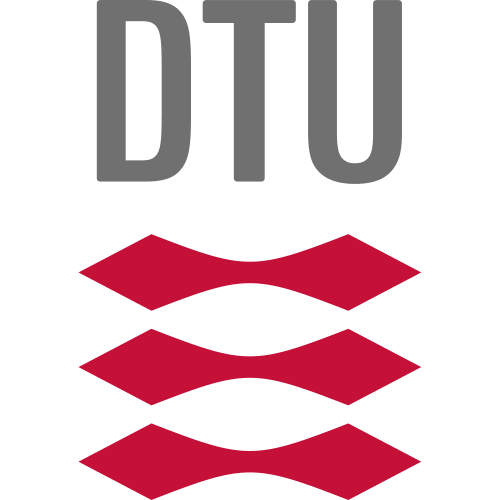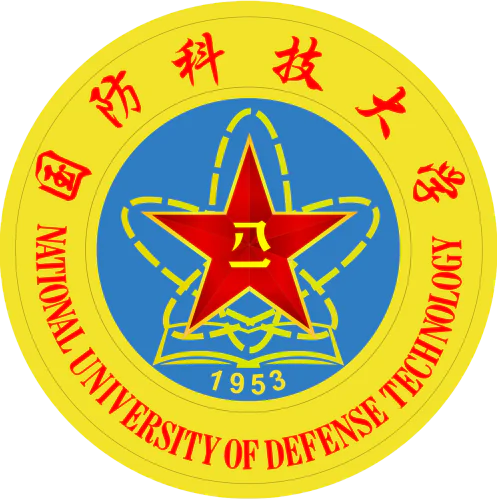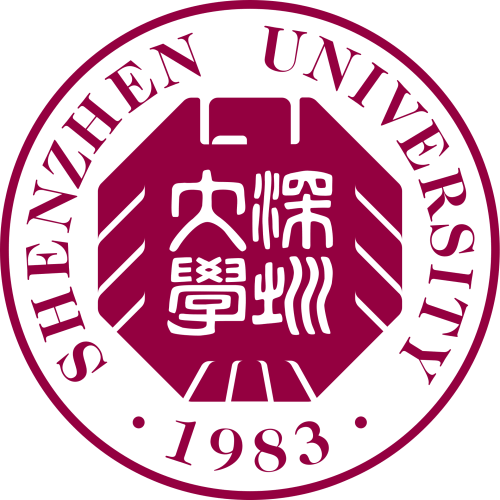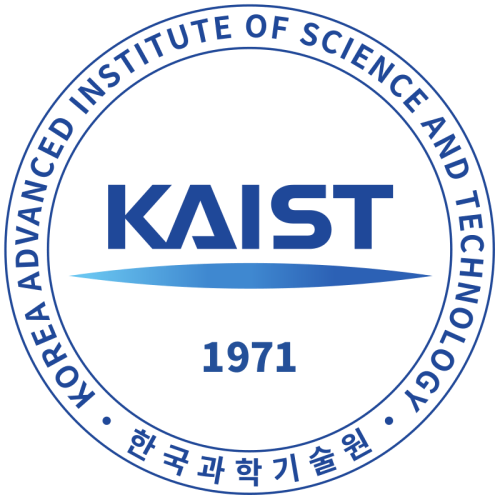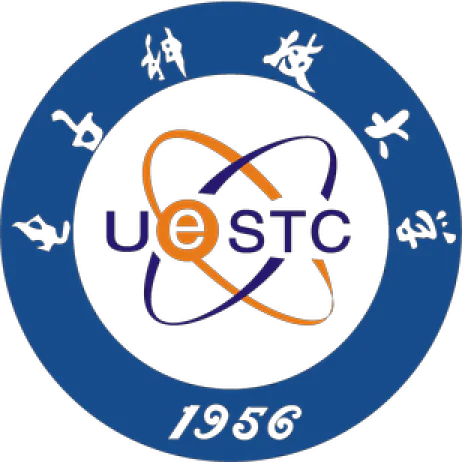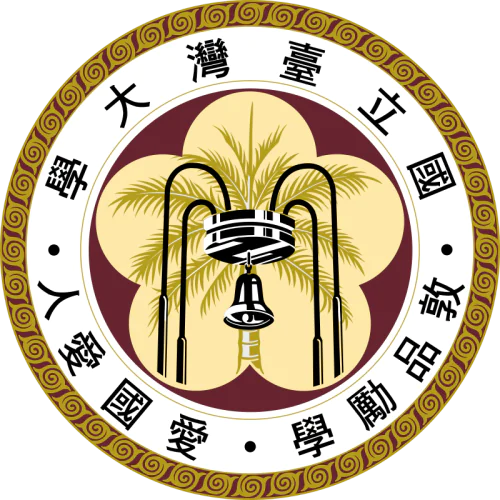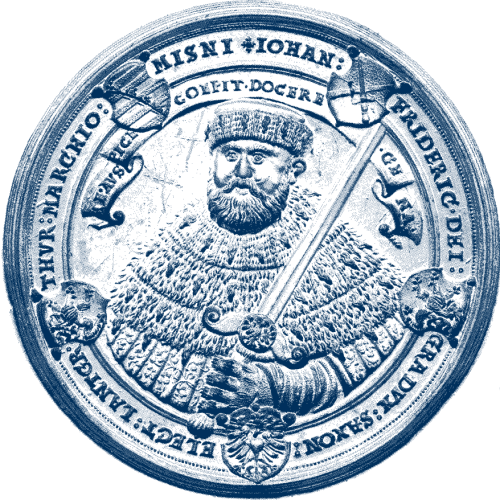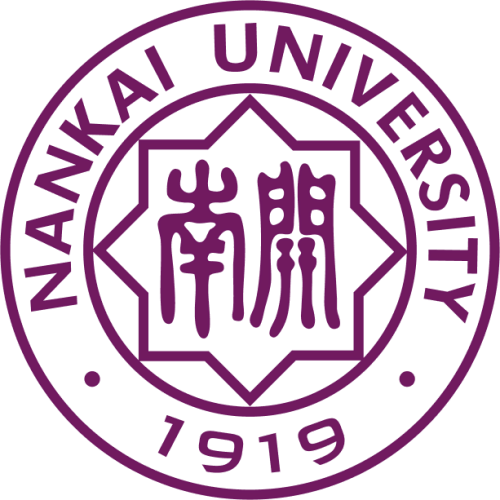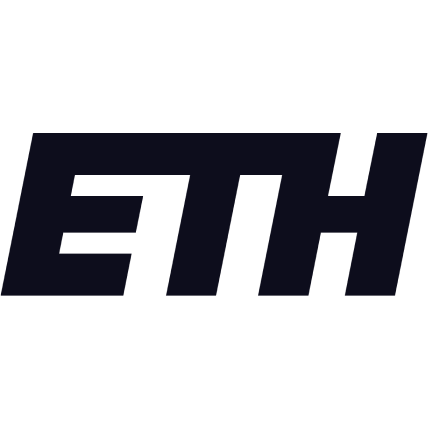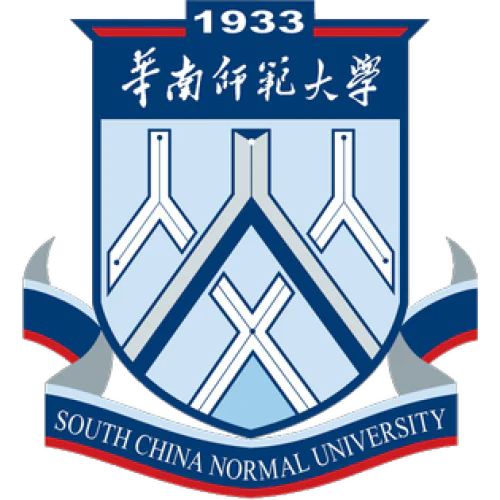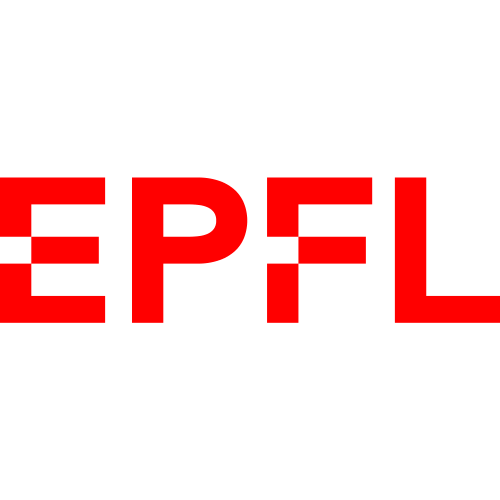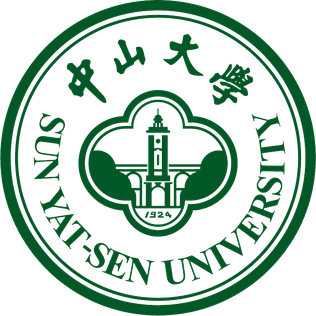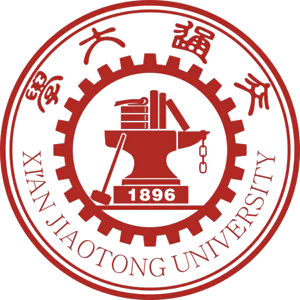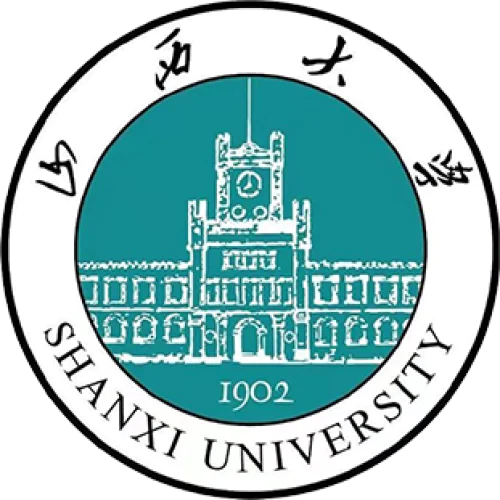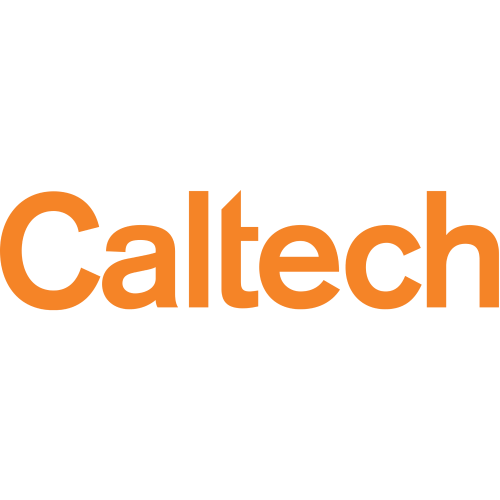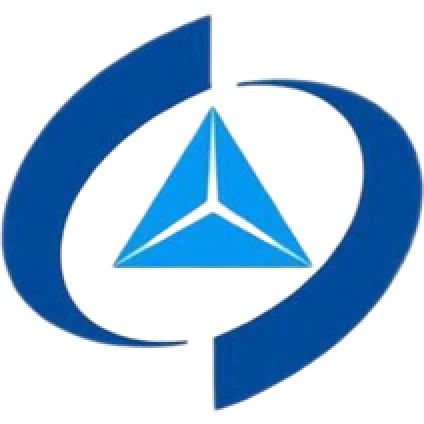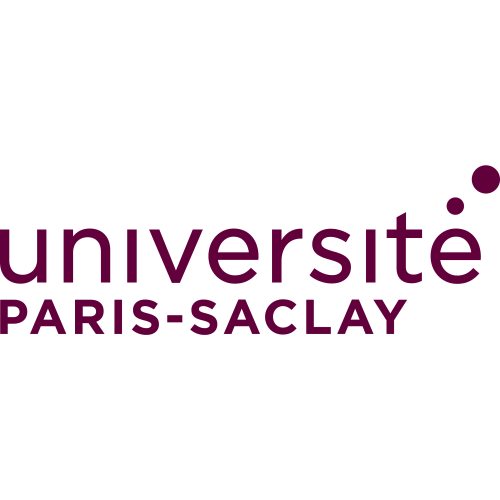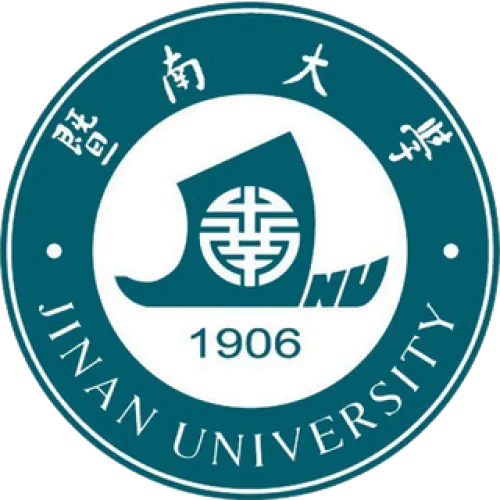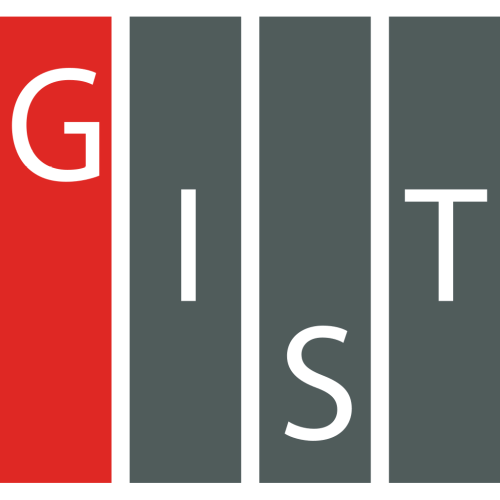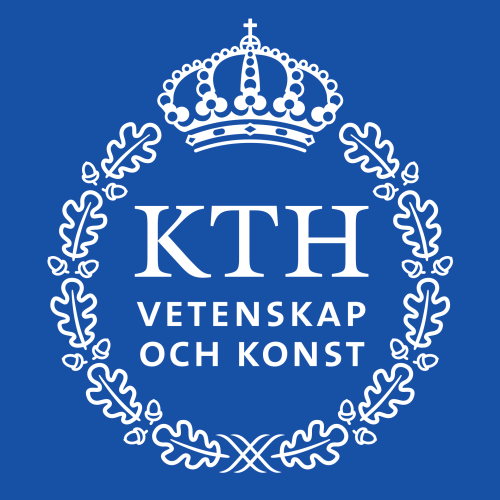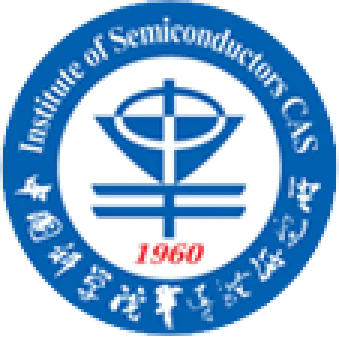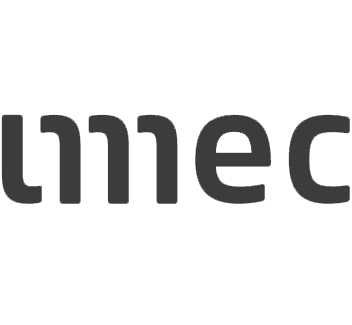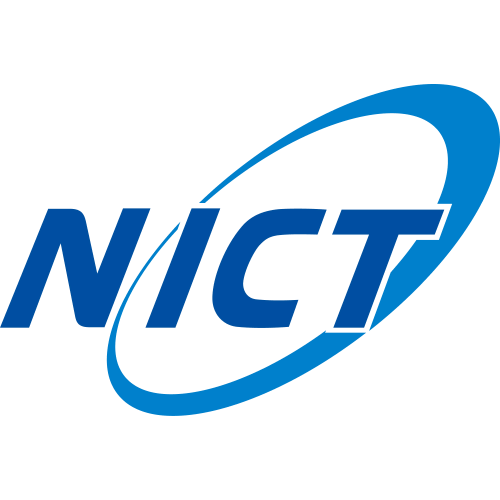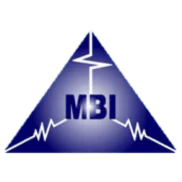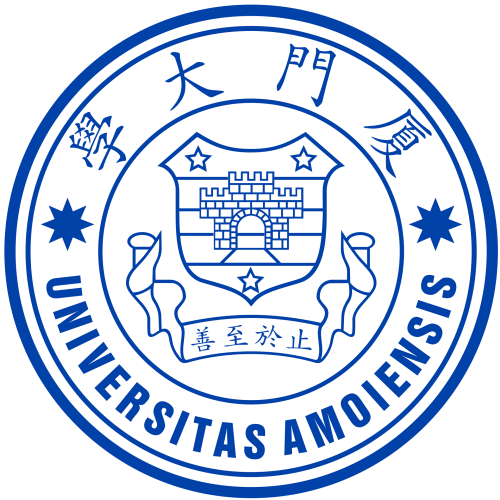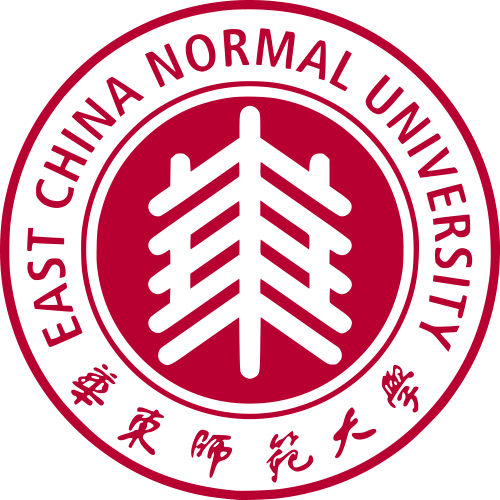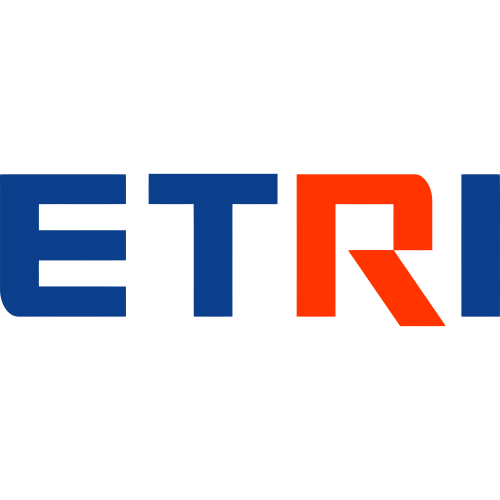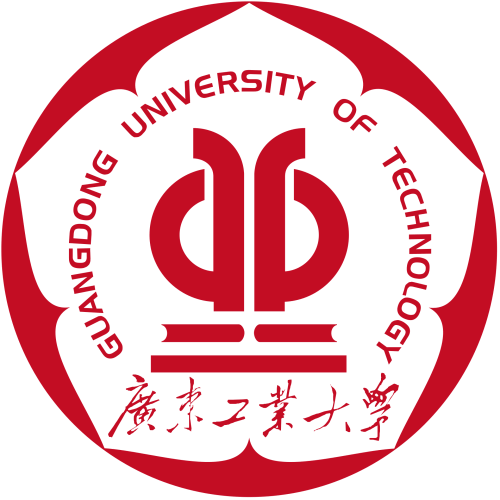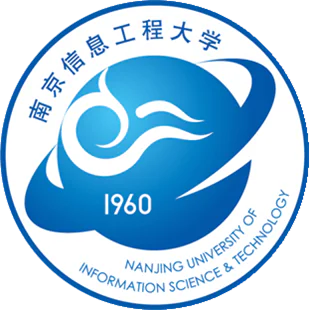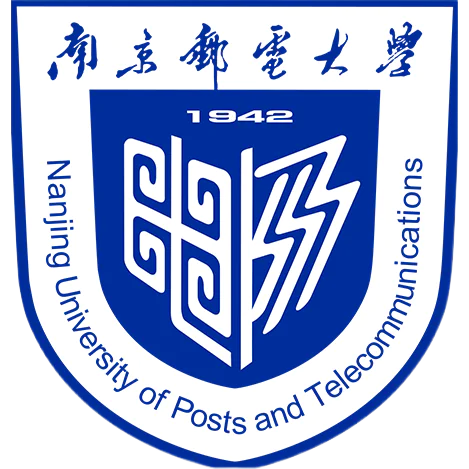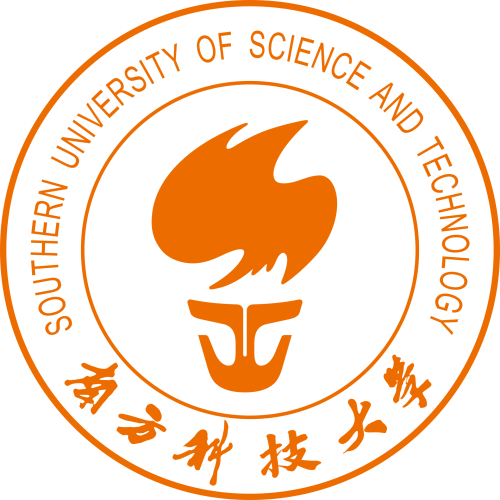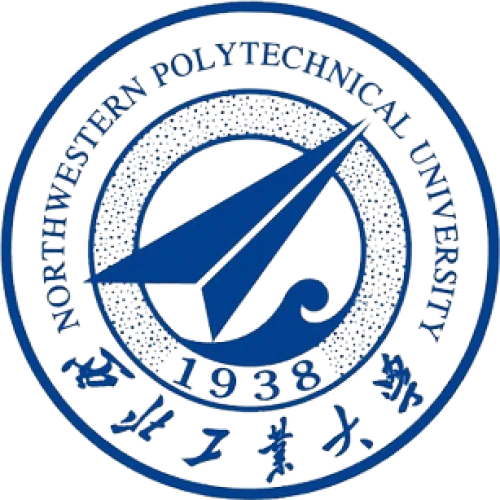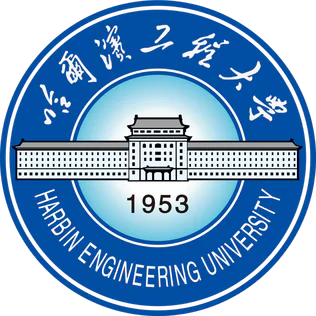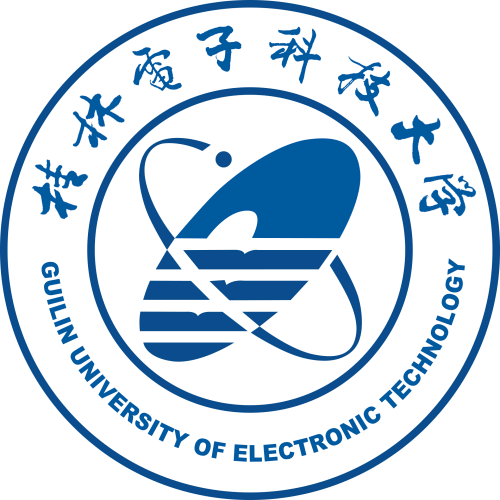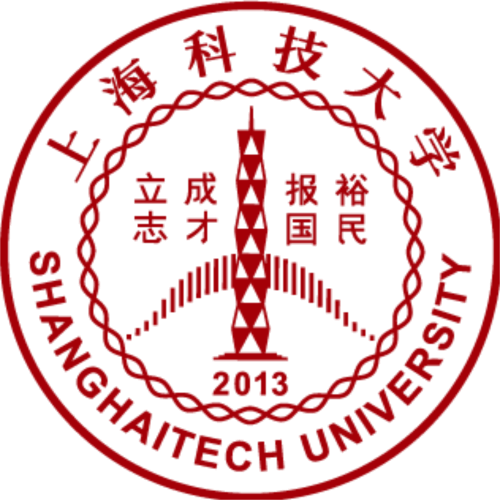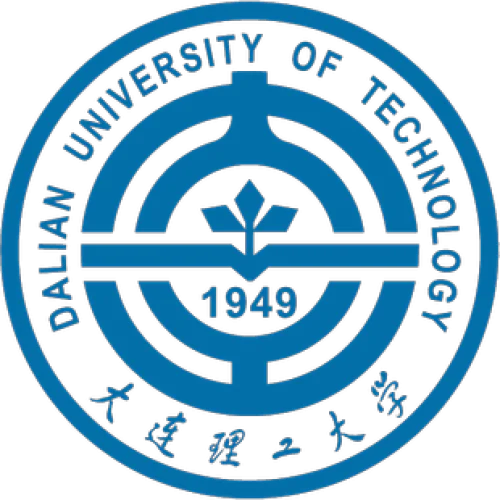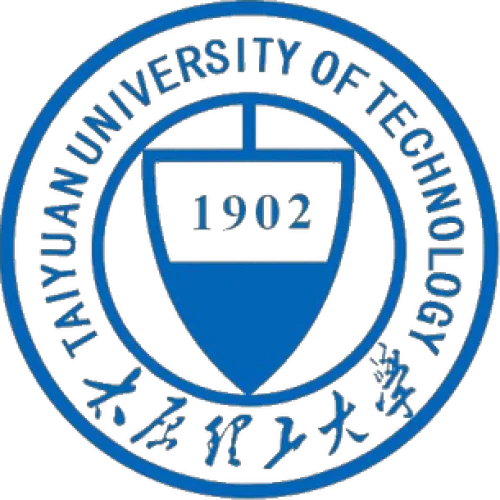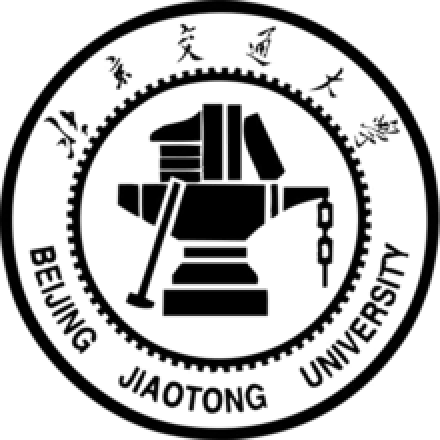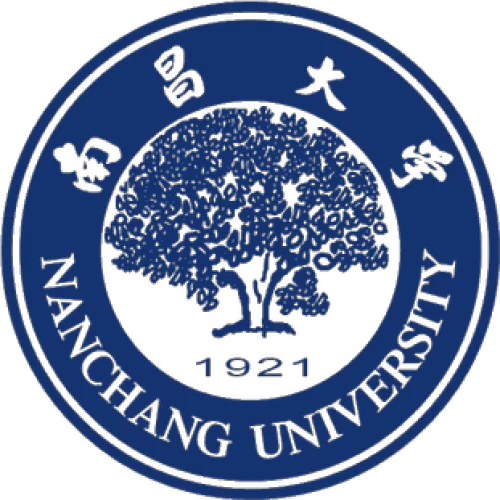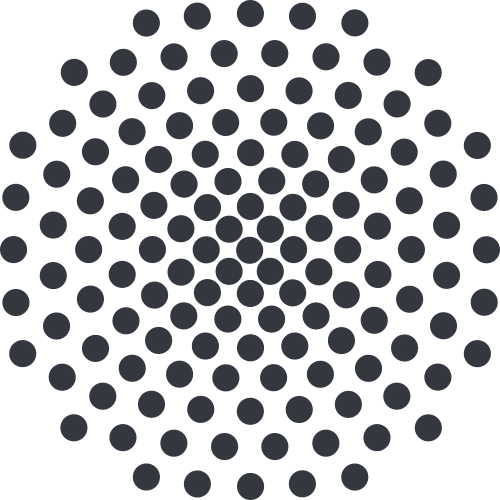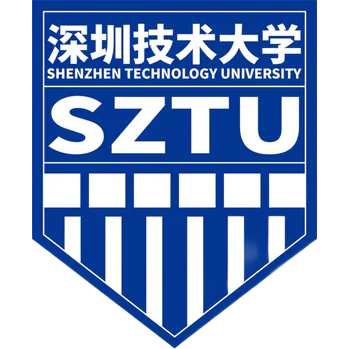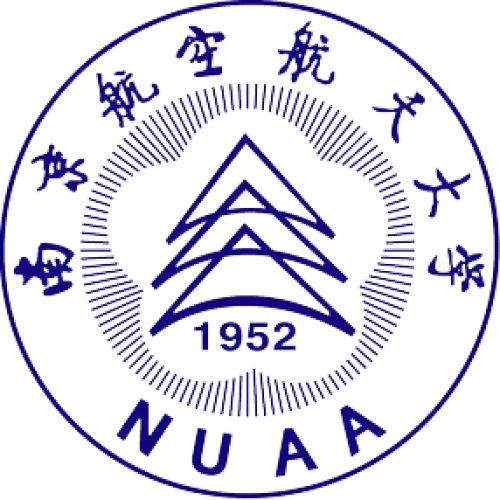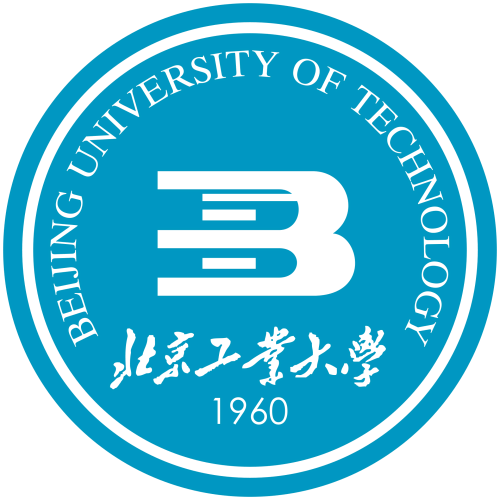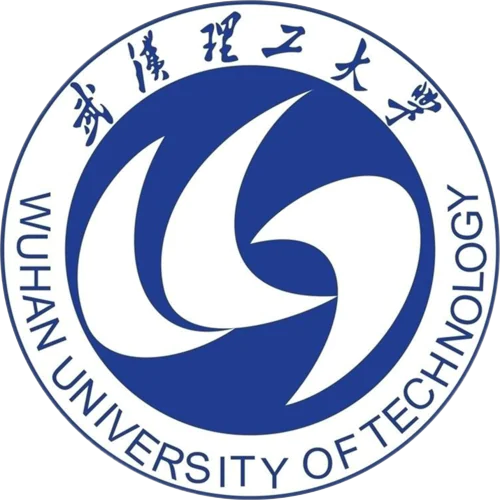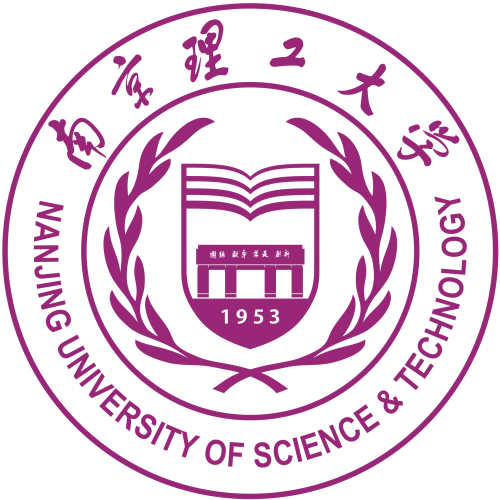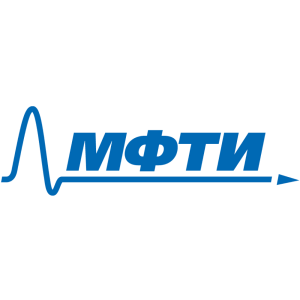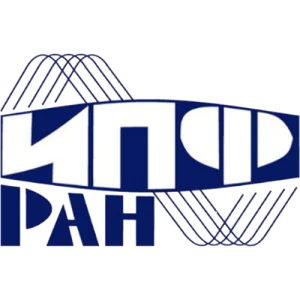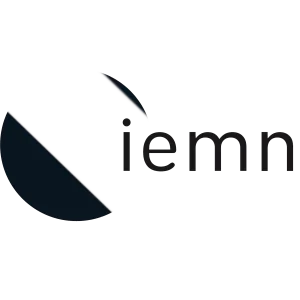Are you a researcher?
Create a profile to get free access to personal recommendations for colleagues and new articles.
SCImago
Q1
Impact factor
3.2
SJR
0.998
CiteScore
6.6
Categories
Atomic and Molecular Physics, and Optics
Areas
Physics and Astronomy
Years of issue
1997-2025
journal names
Optics Express
OPT EXPRESS
Top-3 citing journals
Top-3 organizations
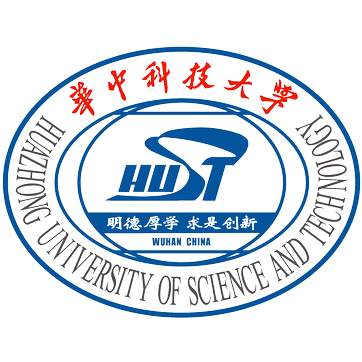
Huazhong University of Science and Technology
(923 publications)
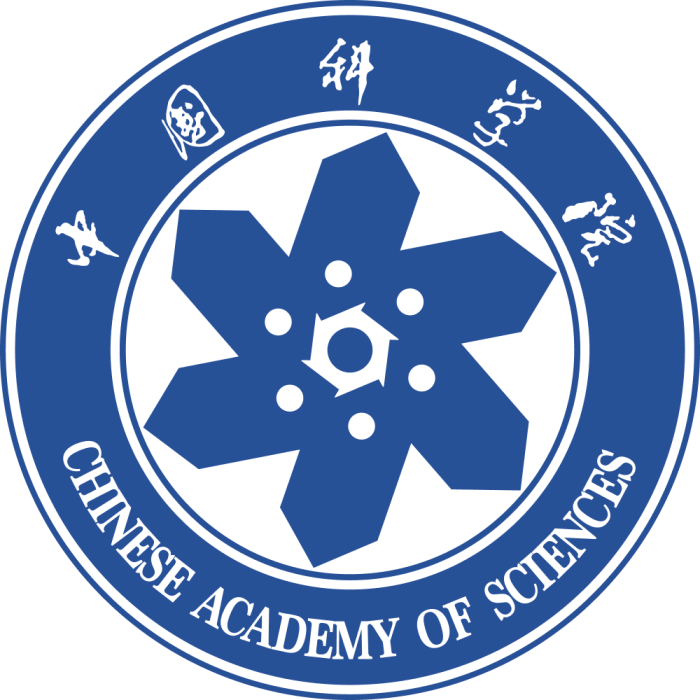
University of Chinese Academy of Sciences
(896 publications)
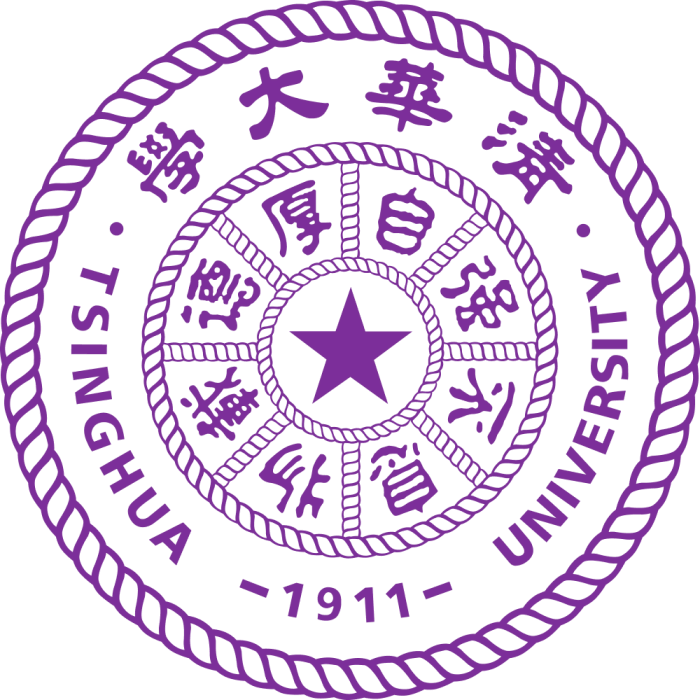
Tsinghua University
(766 publications)

University of Chinese Academy of Sciences
(807 publications)
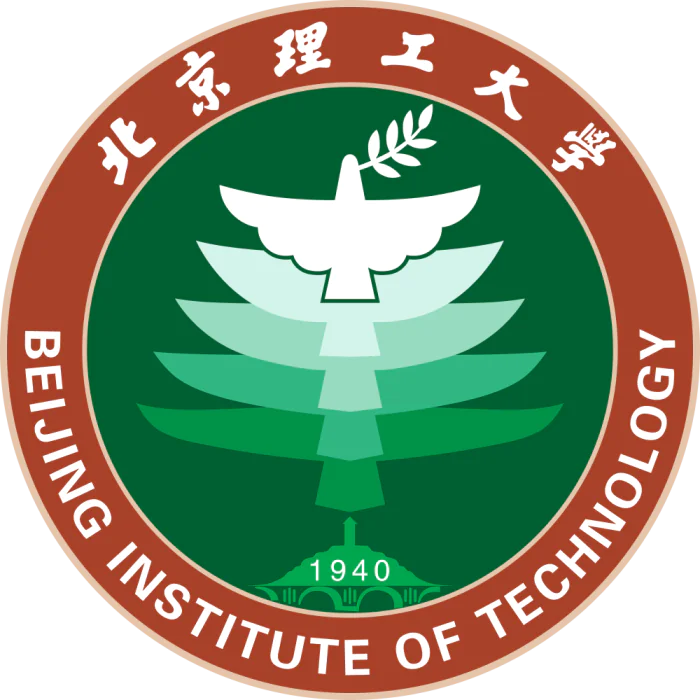
Beijing Institute of Technology
(313 publications)

University of Science and Technology of China
(258 publications)
Most cited in 5 years
Top-100
Citing journals
|
50000
100000
150000
200000
250000
|
|
|
Optics Express
204177 citations, 11.83%
|
|
|
Optics Letters
61084 citations, 3.54%
|
|
|
Applied Optics
47151 citations, 2.73%
|
|
|
Optics Communications
42047 citations, 2.44%
|
|
|
Journal of Lightwave Technology
36456 citations, 2.11%
|
|
|
Proceedings of SPIE - The International Society for Optical Engineering
25855 citations, 1.5%
|
|
|
Scientific Reports
25564 citations, 1.48%
|
|
|
Applied Physics Letters
25290 citations, 1.47%
|
|
|
Physical Review A
21178 citations, 1.23%
|
|
|
IEEE Photonics Journal
20596 citations, 1.19%
|
|
|
Optics and Laser Technology
20272 citations, 1.17%
|
|
|
Journal of the Optical Society of America B: Optical Physics
20028 citations, 1.16%
|
|
|
IEEE Photonics Technology Letters
16482 citations, 0.95%
|
|
|
Optik
16249 citations, 0.94%
|
|
|
Journal of Optics (United Kingdom)
14868 citations, 0.86%
|
|
|
Sensors
14715 citations, 0.85%
|
|
|
Biomedical Optics Express
13466 citations, 0.78%
|
|
|
Photonics
13413 citations, 0.78%
|
|
|
IEEE Journal of Selected Topics in Quantum Electronics
12892 citations, 0.75%
|
|
|
Journal of Applied Physics
11914 citations, 0.69%
|
|
|
Optics and Lasers in Engineering
11067 citations, 0.64%
|
|
|
Laser and Photonics Reviews
10756 citations, 0.62%
|
|
|
Optical Materials Express
10503 citations, 0.61%
|
|
|
Applied Sciences (Switzerland)
9165 citations, 0.53%
|
|
|
Physical Review B
9119 citations, 0.53%
|
|
|
Optical Engineering
9066 citations, 0.53%
|
|
|
ACS Photonics
8951 citations, 0.52%
|
|
|
Journal of the Optical Society of America A: Optics and Image Science, and Vision
8614 citations, 0.5%
|
|
|
Optical and Quantum Electronics
8522 citations, 0.49%
|
|
|
Optical Fiber Technology
8366 citations, 0.48%
|
|
|
Photonics Research
8112 citations, 0.47%
|
|
|
IEEE Sensors Journal
7891 citations, 0.46%
|
|
|
Physical Review Letters
7761 citations, 0.45%
|
|
|
Journal Physics D: Applied Physics
7689 citations, 0.45%
|
|
|
Nanophotonics
7568 citations, 0.44%
|
|
|
Advanced Optical Materials
7525 citations, 0.44%
|
|
|
Optica
7388 citations, 0.43%
|
|
|
Nature Communications
7356 citations, 0.43%
|
|
|
Plasmonics
7220 citations, 0.42%
|
|
|
Optical Materials
7074 citations, 0.41%
|
|
|
Chinese Physics B
7019 citations, 0.41%
|
|
|
Laser Physics
6941 citations, 0.4%
|
|
|
Journal of Biomedical Optics
6713 citations, 0.39%
|
|
|
Acta Physica Sinica
6500 citations, 0.38%
|
|
|
Laser Physics Letters
6464 citations, 0.37%
|
|
|
Applied Physics B: Lasers and Optics
6091 citations, 0.35%
|
|
|
Japanese Journal of Applied Physics, Part 1: Regular Papers & Short Notes
5910 citations, 0.34%
|
|
|
APL Photonics
5551 citations, 0.32%
|
|
|
Nanomaterials
5423 citations, 0.31%
|
|
|
Physical Review Applied
5411 citations, 0.31%
|
|
|
IEEE Access
5356 citations, 0.31%
|
|
|
Journal of Modern Optics
5289 citations, 0.31%
|
|
|
Micromachines
4978 citations, 0.29%
|
|
|
Nano Letters
4917 citations, 0.28%
|
|
|
Results in Physics
4745 citations, 0.27%
|
|
|
Light: Science and Applications
4576 citations, 0.27%
|
|
|
New Journal of Physics
4499 citations, 0.26%
|
|
|
Nature Photonics
4440 citations, 0.26%
|
|
|
IEEE Journal of Quantum Electronics
4298 citations, 0.25%
|
|
|
Review of Scientific Instruments
4052 citations, 0.23%
|
|
|
Physica Scripta
3817 citations, 0.22%
|
|
|
Applied Physics Express
3756 citations, 0.22%
|
|
|
AIP Advances
3625 citations, 0.21%
|
|
|
Infrared Physics and Technology
3604 citations, 0.21%
|
|
|
Nanotechnology
3575 citations, 0.21%
|
|
|
Applied Physics A: Materials Science and Processing
3563 citations, 0.21%
|
|
|
Journal of Physics: Conference Series
3552 citations, 0.21%
|
|
|
Nanoscale
3522 citations, 0.2%
|
|
|
Materials
3465 citations, 0.2%
|
|
|
Journal of Quantitative Spectroscopy and Radiative Transfer
3346 citations, 0.19%
|
|
|
Frontiers in Physics
3345 citations, 0.19%
|
|
|
Measurement Science and Technology
3329 citations, 0.19%
|
|
|
Journal of Physical Chemistry C
3328 citations, 0.19%
|
|
|
ACS applied materials & interfaces
3059 citations, 0.18%
|
|
|
Journal of Luminescence
2972 citations, 0.17%
|
|
|
Applied Surface Science
2953 citations, 0.17%
|
|
|
Advanced Materials
2951 citations, 0.17%
|
|
|
ACS Nano
2778 citations, 0.16%
|
|
|
Chinese Physics Letters
2772 citations, 0.16%
|
|
|
Remote Sensing
2757 citations, 0.16%
|
|
|
OSA Continuum
2729 citations, 0.16%
|
|
|
Journal of Biophotonics
2707 citations, 0.16%
|
|
|
Journal of Physics B: Atomic, Molecular and Optical Physics
2687 citations, 0.16%
|
|
|
Crystals
2662 citations, 0.15%
|
|
|
Sensors and Actuators, B: Chemical
2651 citations, 0.15%
|
|
|
IEEE Transactions on Instrumentation and Measurement
2588 citations, 0.15%
|
|
|
Springer Series in Optical Sciences
2580 citations, 0.15%
|
|
|
Journal of Materials Chemistry C
2579 citations, 0.15%
|
|
|
Advances in Optics and Photonics
2515 citations, 0.15%
|
|
|
Physical Review E
2477 citations, 0.14%
|
|
|
Journal of Alloys and Compounds
2437 citations, 0.14%
|
|
|
Measurement: Journal of the International Measurement Confederation
2392 citations, 0.14%
|
|
|
SID Symposium Digest of Technical Papers
2322 citations, 0.13%
|
|
|
Photonics and Nanostructures - Fundamentals and Applications
2269 citations, 0.13%
|
|
|
Microwave and Optical Technology Letters
2256 citations, 0.13%
|
|
|
Sensors and Actuators, A: Physical
2159 citations, 0.13%
|
|
|
RSC Advances
2027 citations, 0.12%
|
|
|
Advanced Functional Materials
1942 citations, 0.11%
|
|
|
Physical Chemistry Chemical Physics
1935 citations, 0.11%
|
|
|
Journal of Optical Communications and Networking
1820 citations, 0.11%
|
|
| Show all (70 more) | |
|
50000
100000
150000
200000
250000
|
|
Citing publishers
|
50000
100000
150000
200000
250000
300000
350000
400000
450000
|
|
|
Optica Publishing Group
416871 citations, 24.15%
|
|
|
Elsevier
230335 citations, 13.34%
|
|
|
Institute of Electrical and Electronics Engineers (IEEE)
196537 citations, 11.39%
|
|
|
Springer Nature
148144 citations, 8.58%
|
|
|
IOP Publishing
92636 citations, 5.37%
|
|
|
Wiley
73444 citations, 4.25%
|
|
|
MDPI
72993 citations, 4.23%
|
|
|
AIP Publishing
60510 citations, 3.51%
|
|
|
SPIE-Intl Soc Optical Eng
52273 citations, 3.03%
|
|
|
American Physical Society (APS)
52014 citations, 3.01%
|
|
|
American Chemical Society (ACS)
39799 citations, 2.31%
|
|
|
Royal Society of Chemistry (RSC)
21900 citations, 1.27%
|
|
|
Taylor & Francis
19265 citations, 1.12%
|
|
|
Walter de Gruyter
11694 citations, 0.68%
|
|
|
Japan Society of Applied Physics
10276 citations, 0.6%
|
|
|
Acta Physica Sinica, Chinese Physical Society and Institute of Physics, Chinese Academy of Sciences
7889 citations, 0.46%
|
|
|
Frontiers Media S.A.
7132 citations, 0.41%
|
|
|
Pleiades Publishing
6997 citations, 0.41%
|
|
|
World Scientific
5238 citations, 0.3%
|
|
|
Hindawi Limited
4775 citations, 0.28%
|
|
|
Cambridge University Press
3876 citations, 0.22%
|
|
|
Institution of Engineering and Technology (IET)
3615 citations, 0.21%
|
|
|
American Association for the Advancement of Science (AAAS)
3322 citations, 0.19%
|
|
|
Cold Spring Harbor Laboratory
3227 citations, 0.19%
|
|
|
SAGE
2821 citations, 0.16%
|
|
|
EDP Sciences
2730 citations, 0.16%
|
|
|
Shanghai Institute of Optics and Fine Mechanics
2209 citations, 0.13%
|
|
|
Trans Tech Publications
1923 citations, 0.11%
|
|
|
Science in China Press
1818 citations, 0.11%
|
|
|
Public Library of Science (PLoS)
1816 citations, 0.11%
|
|
|
The Laser Society of Japan
1651 citations, 0.1%
|
|
|
Association for Computing Machinery (ACM)
1636 citations, 0.09%
|
|
|
American Vacuum Society
1541 citations, 0.09%
|
|
|
Oxford University Press
1529 citations, 0.09%
|
|
|
IntechOpen
1438 citations, 0.08%
|
|
|
Optical Society of India
1410 citations, 0.08%
|
|
|
The Royal Society
1381 citations, 0.08%
|
|
|
Copernicus
1334 citations, 0.08%
|
|
|
Proceedings of the National Academy of Sciences (PNAS)
1260 citations, 0.07%
|
|
|
Ovid Technologies (Wolters Kluwer Health)
1227 citations, 0.07%
|
|
|
Institute of Electronics, Information and Communications Engineers (IEICE)
1083 citations, 0.06%
|
|
|
Electromagnetics Academy
1028 citations, 0.06%
|
|
|
Korean Journal of Optics and Photonics
957 citations, 0.06%
|
|
|
International Union of Crystallography (IUCr)
921 citations, 0.05%
|
|
|
Annual Reviews
890 citations, 0.05%
|
|
|
The Electrochemical Society
884 citations, 0.05%
|
|
|
Uspekhi Fizicheskikh Nauk Journal
836 citations, 0.05%
|
|
|
American Geophysical Union
656 citations, 0.04%
|
|
|
American Institute of Aeronautics and Astronautics (AIAA)
637 citations, 0.04%
|
|
|
Opto-Electronic Advances
637 citations, 0.04%
|
|
|
ASME International
622 citations, 0.04%
|
|
|
Association for Research in Vision and Ophthalmology (ARVO)
542 citations, 0.03%
|
|
|
Laser Institute of America
507 citations, 0.03%
|
|
|
Scientific Research Publishing
505 citations, 0.03%
|
|
|
Image Processing Systems Institute of RAS
502 citations, 0.03%
|
|
|
Changchun Institute of Optics, Fine Mechanics and Physics, Chinese Academy of Sciences
495 citations, 0.03%
|
|
|
Society for Industrial and Applied Mathematics (SIAM)
454 citations, 0.03%
|
|
|
Research Square Platform LLC
406 citations, 0.02%
|
|
|
Beilstein-Institut
378 citations, 0.02%
|
|
|
Allerton Press
327 citations, 0.02%
|
|
|
IGI Global
306 citations, 0.02%
|
|
|
SLACK
267 citations, 0.02%
|
|
|
Mary Ann Liebert
266 citations, 0.02%
|
|
|
Physical Society of Japan
266 citations, 0.02%
|
|
|
Hans Publishers
266 citations, 0.02%
|
|
|
Institute of Electrical Engineers of Japan (IEE Japan)
252 citations, 0.01%
|
|
|
Emerald
250 citations, 0.01%
|
|
|
Biophysical Society
248 citations, 0.01%
|
|
|
242 citations, 0.01%
|
|
|
BMJ
242 citations, 0.01%
|
|
|
The Russian Academy of Sciences
240 citations, 0.01%
|
|
|
Chinese Society of Rare Earths
239 citations, 0.01%
|
|
|
The Korean Society of Precision Engineering
238 citations, 0.01%
|
|
|
IOS Press
228 citations, 0.01%
|
|
|
American Meteorological Society
214 citations, 0.01%
|
|
|
210 citations, 0.01%
|
|
|
The Company of Biologists
196 citations, 0.01%
|
|
|
American Scientific Publishers
194 citations, 0.01%
|
|
|
AME Publishing Company
186 citations, 0.01%
|
|
|
Bentham Science Publishers Ltd.
182 citations, 0.01%
|
|
|
Verein zur Forderung des Open Access Publizierens in den Quantenwissenschaften
181 citations, 0.01%
|
|
|
American Astronomical Society
178 citations, 0.01%
|
|
|
Lithuanian Physical Society
176 citations, 0.01%
|
|
|
eLife Sciences Publications
175 citations, 0.01%
|
|
|
China Science Publishing & Media
170 citations, 0.01%
|
|
|
Acoustical Society of America (ASA)
168 citations, 0.01%
|
|
|
Social Science Electronic Publishing
167 citations, 0.01%
|
|
|
American Association of Physics Teachers (AAPT)
162 citations, 0.01%
|
|
|
Federal Informational-Analytical Center of the Defense Industry
153 citations, 0.01%
|
|
|
American Institute of Mathematical Sciences (AIMS)
147 citations, 0.01%
|
|
|
Brazilian Microwave and Optoelectronics Society
142 citations, 0.01%
|
|
|
Institute of Physics, Polish Academy of Sciences
141 citations, 0.01%
|
|
|
National Academy of Sciences of Ukraine - Institute of Semiconductor Physics
136 citations, 0.01%
|
|
|
American Physiological Society
134 citations, 0.01%
|
|
|
Canadian Science Publishing
133 citations, 0.01%
|
|
|
Alexandria University
132 citations, 0.01%
|
|
|
Tsinghua University Press
123 citations, 0.01%
|
|
|
Ceramic Society of Japan
118 citations, 0.01%
|
|
|
S. Karger AG
115 citations, 0.01%
|
|
|
The Japan Society for Precision Engineering
113 citations, 0.01%
|
|
| Show all (70 more) | |
|
50000
100000
150000
200000
250000
300000
350000
400000
450000
|
|
Publishing organizations
|
100
200
300
400
500
600
700
800
900
1000
|
|
|
Huazhong University of Science and Technology
923 publications, 1.5%
|
|
|
University of Chinese Academy of Sciences
896 publications, 1.45%
|
|
|
Tsinghua University
766 publications, 1.24%
|
|
|
Zhejiang University
687 publications, 1.12%
|
|
|
Harbin Institute of Technology
640 publications, 1.04%
|
|
|
Massachusetts Institute of Technology
598 publications, 0.97%
|
|
|
Nanyang Technological University
588 publications, 0.95%
|
|
|
National Yang Ming Chiao Tung University
578 publications, 0.94%
|
|
|
Beijing Institute of Technology
574 publications, 0.93%
|
|
|
University of Southampton
574 publications, 0.93%
|
|
|
Beijing University of Posts and Telecommunications
543 publications, 0.88%
|
|
|
Technical University of Denmark
532 publications, 0.86%
|
|
|
University of Science and Technology of China
514 publications, 0.83%
|
|
|
Nanjing University
500 publications, 0.81%
|
|
|
Shanghai Jiao Tong University
492 publications, 0.8%
|
|
|
National University of Defense Technology
484 publications, 0.79%
|
|
|
Shenzhen University
480 publications, 0.78%
|
|
|
Korea Advanced Institute of Science and Technology
467 publications, 0.76%
|
|
|
University of Arizona
466 publications, 0.76%
|
|
|
University of Central Florida
460 publications, 0.75%
|
|
|
University of Electronic Science and Technology of China
439 publications, 0.71%
|
|
|
Tianjin University
432 publications, 0.7%
|
|
|
National Taiwan University
431 publications, 0.7%
|
|
|
University of Tokyo
420 publications, 0.68%
|
|
|
Fudan University
411 publications, 0.67%
|
|
|
Peking University
408 publications, 0.66%
|
|
|
Shandong University
407 publications, 0.66%
|
|
|
Friedrich Schiller University Jena
400 publications, 0.65%
|
|
|
Nankai University
392 publications, 0.64%
|
|
|
University of Sydney
385 publications, 0.62%
|
|
|
University of Rochester
381 publications, 0.62%
|
|
|
ETH Zurich
369 publications, 0.6%
|
|
|
South China Normal University
361 publications, 0.59%
|
|
|
Stanford University
353 publications, 0.57%
|
|
|
Osaka University
344 publications, 0.56%
|
|
|
École Polytechnique Fédérale de Lausanne
343 publications, 0.56%
|
|
|
Sun Yat-sen University
338 publications, 0.55%
|
|
|
Australian National University
336 publications, 0.55%
|
|
|
Hong Kong Polytechnic University
330 publications, 0.54%
|
|
|
National University of Singapore
325 publications, 0.53%
|
|
|
National Institute of Standards and Technology
325 publications, 0.53%
|
|
|
Harvard University
321 publications, 0.52%
|
|
|
Xi'an Jiaotong University
317 publications, 0.51%
|
|
|
Shanxi University
305 publications, 0.5%
|
|
|
National Cheng Kung University
303 publications, 0.49%
|
|
|
California Institute of Technology
297 publications, 0.48%
|
|
|
Seoul National University
296 publications, 0.48%
|
|
|
Beihang University
295 publications, 0.48%
|
|
|
Changchun Institute of Optics, Fine Mechanics and Physics, Chinese Academy of Sciences
294 publications, 0.48%
|
|
|
Université Paris-Saclay
280 publications, 0.45%
|
|
|
Karlsruhe Institute of Technology
262 publications, 0.43%
|
|
|
Southeast University
257 publications, 0.42%
|
|
|
Xidian University
250 publications, 0.41%
|
|
|
Jinan University
248 publications, 0.4%
|
|
|
Gwangju Institute of Science and Technology
248 publications, 0.4%
|
|
|
KTH Royal Institute of Technology
238 publications, 0.39%
|
|
|
Institute of Semiconductors, Chinese Academy of Sciences
238 publications, 0.39%
|
|
|
University of Ottawa
237 publications, 0.38%
|
|
|
Shanghai University
235 publications, 0.38%
|
|
|
Polytechnic University of Valencia
234 publications, 0.38%
|
|
|
Ghent University
233 publications, 0.38%
|
|
|
National Institute of Advanced Industrial Science and Technology
233 publications, 0.38%
|
|
|
Tohoku University
232 publications, 0.38%
|
|
|
University of Colorado Boulder
231 publications, 0.37%
|
|
|
University College London
228 publications, 0.37%
|
|
|
Interuniversity Microelectronics Centre
228 publications, 0.37%
|
|
|
National Institute of Information and Communications Technology
227 publications, 0.37%
|
|
|
Sichuan University
226 publications, 0.37%
|
|
|
University of Glasgow
226 publications, 0.37%
|
|
|
Imperial College London
224 publications, 0.36%
|
|
|
Max-Born-Institute for Nonlinear Optics and Short Pulse Spectroscopy
220 publications, 0.36%
|
|
|
Agency for Science, Technology and Research
219 publications, 0.36%
|
|
|
University of Illinois Urbana-Champaign
219 publications, 0.36%
|
|
|
Purdue University
219 publications, 0.36%
|
|
|
Heriot-Watt University
219 publications, 0.36%
|
|
|
Technion – Israel Institute of Technology
216 publications, 0.35%
|
|
|
Aix-Marseille University
214 publications, 0.35%
|
|
|
Yonsei University
214 publications, 0.35%
|
|
|
Xiamen University
212 publications, 0.34%
|
|
|
Cornell University
212 publications, 0.34%
|
|
|
National Tsing Hua University
212 publications, 0.34%
|
|
|
University of California, Santa Barbara
212 publications, 0.34%
|
|
|
Tel Aviv University
211 publications, 0.34%
|
|
|
Hokkaido University
211 publications, 0.34%
|
|
|
East China Normal University
210 publications, 0.34%
|
|
|
University of California, San Diego
209 publications, 0.34%
|
|
|
University of Michigan
209 publications, 0.34%
|
|
|
Delft University of Technology
207 publications, 0.34%
|
|
|
University of Shanghai for Science and Technology
206 publications, 0.33%
|
|
|
Jilin University
205 publications, 0.33%
|
|
|
University of Edinburgh
202 publications, 0.33%
|
|
|
University of California, Berkeley
202 publications, 0.33%
|
|
|
Kyoto University
202 publications, 0.33%
|
|
|
Electronics and Telecommunications Research Institute
201 publications, 0.33%
|
|
|
McGill University
201 publications, 0.33%
|
|
|
Aston University
197 publications, 0.32%
|
|
|
Duke University
197 publications, 0.32%
|
|
|
United States Naval Research Laboratory
194 publications, 0.31%
|
|
|
Macquarie University
192 publications, 0.31%
|
|
|
University of Toronto
191 publications, 0.31%
|
|
| Show all (70 more) | |
|
100
200
300
400
500
600
700
800
900
1000
|
|
Publishing organizations in 5 years
|
100
200
300
400
500
600
700
800
900
|
|
|
University of Chinese Academy of Sciences
807 publications, 4.4%
|
|
|
Beijing Institute of Technology
313 publications, 1.71%
|
|
|
University of Science and Technology of China
258 publications, 1.41%
|
|
|
Tsinghua University
257 publications, 1.4%
|
|
|
National University of Defense Technology
239 publications, 1.3%
|
|
|
Harbin Institute of Technology
234 publications, 1.28%
|
|
|
Beijing University of Posts and Telecommunications
227 publications, 1.24%
|
|
|
Shenzhen University
214 publications, 1.17%
|
|
|
Nanjing University
197 publications, 1.07%
|
|
|
University of Electronic Science and Technology of China
196 publications, 1.07%
|
|
|
Shanxi University
177 publications, 0.97%
|
|
|
Fudan University
163 publications, 0.89%
|
|
|
Tianjin University
161 publications, 0.88%
|
|
|
Sun Yat-sen University
146 publications, 0.8%
|
|
|
South China Normal University
146 publications, 0.8%
|
|
|
Xi'an Jiaotong University
137 publications, 0.75%
|
|
|
Shandong University
134 publications, 0.73%
|
|
|
Xidian University
131 publications, 0.71%
|
|
|
Zhejiang University
129 publications, 0.7%
|
|
|
University of Shanghai for Science and Technology
129 publications, 0.7%
|
|
|
Huazhong University of Science and Technology
127 publications, 0.69%
|
|
|
Beihang University
126 publications, 0.69%
|
|
|
Sichuan University
120 publications, 0.65%
|
|
|
Southeast University
113 publications, 0.62%
|
|
|
Hong Kong Polytechnic University
109 publications, 0.59%
|
|
|
University of Southampton
107 publications, 0.58%
|
|
|
Changchun Institute of Optics, Fine Mechanics and Physics, Chinese Academy of Sciences
105 publications, 0.57%
|
|
|
Peking University
103 publications, 0.56%
|
|
|
Jinan University
101 publications, 0.55%
|
|
|
Friedrich Schiller University Jena
101 publications, 0.55%
|
|
|
Xiamen University
97 publications, 0.53%
|
|
|
Shanghai University
94 publications, 0.51%
|
|
|
University of Tokyo
92 publications, 0.5%
|
|
|
Nankai University
90 publications, 0.49%
|
|
|
Jilin University
88 publications, 0.48%
|
|
|
Guangdong University of Technology
85 publications, 0.46%
|
|
|
Nanjing University of Information Science and Technology
83 publications, 0.45%
|
|
|
Shanghai Jiao Tong University
81 publications, 0.44%
|
|
|
Wuhan University
81 publications, 0.44%
|
|
|
East China Normal University
80 publications, 0.44%
|
|
|
University of Central Florida
80 publications, 0.44%
|
|
|
University of Rochester
78 publications, 0.43%
|
|
|
Nanjing University of Posts and Telecommunications
77 publications, 0.42%
|
|
|
University of Arizona
77 publications, 0.42%
|
|
|
Chongqing University
75 publications, 0.41%
|
|
|
Southern University of Science and Technology
75 publications, 0.41%
|
|
|
Korea Advanced Institute of Science and Technology
75 publications, 0.41%
|
|
|
Northwestern Polytechnical University
73 publications, 0.4%
|
|
|
Nanyang Technological University
73 publications, 0.4%
|
|
|
Massachusetts Institute of Technology
73 publications, 0.4%
|
|
|
Harbin Engineering University
70 publications, 0.38%
|
|
|
National Yang Ming Chiao Tung University
67 publications, 0.37%
|
|
|
Air Force Engineering University
67 publications, 0.37%
|
|
|
University of Ottawa
66 publications, 0.36%
|
|
|
Université Paris-Saclay
63 publications, 0.34%
|
|
|
Stanford University
62 publications, 0.34%
|
|
|
City University of Hong Kong
62 publications, 0.34%
|
|
|
University of Colorado Boulder
62 publications, 0.34%
|
|
|
Technical University of Denmark
61 publications, 0.33%
|
|
|
Ningbo University
60 publications, 0.33%
|
|
|
Hangzhou Dianzi University
60 publications, 0.33%
|
|
|
National Institute of Standards and Technology
59 publications, 0.32%
|
|
|
Fraunhofer Institute for Applied Optics and Precision Engineering
59 publications, 0.32%
|
|
|
Guilin University of Electronic Technology
57 publications, 0.31%
|
|
|
ShanghaiTech University
56 publications, 0.31%
|
|
|
Interuniversity Microelectronics Centre
56 publications, 0.31%
|
|
|
University of Glasgow
56 publications, 0.31%
|
|
|
Dalian University of Technology
55 publications, 0.3%
|
|
|
Hefei University of Technology
55 publications, 0.3%
|
|
|
Taiyuan University of Technology
54 publications, 0.29%
|
|
|
Osaka University
54 publications, 0.29%
|
|
|
Max-Born-Institute for Nonlinear Optics and Short Pulse Spectroscopy
54 publications, 0.29%
|
|
|
Aix-Marseille University
53 publications, 0.29%
|
|
|
Chinese University of Hong Kong
53 publications, 0.29%
|
|
|
Central South University
51 publications, 0.28%
|
|
|
Beijing Jiaotong University
51 publications, 0.28%
|
|
|
Nanchang University
51 publications, 0.28%
|
|
|
Institute of Semiconductors, Chinese Academy of Sciences
50 publications, 0.27%
|
|
|
École Polytechnique Fédérale de Lausanne
49 publications, 0.27%
|
|
|
Anhui University
49 publications, 0.27%
|
|
|
Tohoku University
49 publications, 0.27%
|
|
|
Hunan University
49 publications, 0.27%
|
|
|
University of Stuttgart
49 publications, 0.27%
|
|
|
National Institute of Information and Communications Technology
49 publications, 0.27%
|
|
|
National University of Singapore
48 publications, 0.26%
|
|
|
ETH Zurich
47 publications, 0.26%
|
|
|
Shenzhen Technology University
47 publications, 0.26%
|
|
|
University of Maryland, College Park
47 publications, 0.26%
|
|
|
Nanjing University of Aeronautics and Astronautics
46 publications, 0.25%
|
|
|
Beijing University of Technology
46 publications, 0.25%
|
|
|
Anhui Institute of Optics and Fine Mechanics, Chinese Academy of Sciences
46 publications, 0.25%
|
|
|
University College London
45 publications, 0.25%
|
|
|
North University of China
45 publications, 0.25%
|
|
|
Wuhan University of Technology
44 publications, 0.24%
|
|
|
National Taiwan University
44 publications, 0.24%
|
|
|
Seoul National University
44 publications, 0.24%
|
|
|
Kyoto University
44 publications, 0.24%
|
|
|
Heriot-Watt University
44 publications, 0.24%
|
|
|
Karlsruhe Institute of Technology
43 publications, 0.23%
|
|
|
Nanjing University of Science and Technology
43 publications, 0.23%
|
|
| Show all (70 more) | |
|
100
200
300
400
500
600
700
800
900
|
|
Publishing countries
|
5000
10000
15000
20000
25000
|
|
|
China
|
China, 21281, 34.54%
China
21281 publications, 34.54%
|
|
USA
|
USA, 12126, 19.68%
USA
12126 publications, 19.68%
|
|
Germany
|
Germany, 4289, 6.96%
Germany
4289 publications, 6.96%
|
|
Japan
|
Japan, 3819, 6.2%
Japan
3819 publications, 6.2%
|
|
United Kingdom
|
United Kingdom, 3383, 5.49%
United Kingdom
3383 publications, 5.49%
|
|
France
|
France, 2795, 4.54%
France
2795 publications, 4.54%
|
|
Republic of Korea
|
Republic of Korea, 2762, 4.48%
Republic of Korea
2762 publications, 4.48%
|
|
Canada
|
Canada, 1960, 3.18%
Canada
1960 publications, 3.18%
|
|
Spain
|
Spain, 1783, 2.89%
Spain
1783 publications, 2.89%
|
|
Australia
|
Australia, 1745, 2.83%
Australia
1745 publications, 2.83%
|
|
Italy
|
Italy, 1622, 2.63%
Italy
1622 publications, 2.63%
|
|
Russia
|
Russia, 1114, 1.81%
Russia
1114 publications, 1.81%
|
|
Singapore
|
Singapore, 1094, 1.78%
Singapore
1094 publications, 1.78%
|
|
Switzerland
|
Switzerland, 1042, 1.69%
Switzerland
1042 publications, 1.69%
|
|
Netherlands
|
Netherlands, 890, 1.44%
Netherlands
890 publications, 1.44%
|
|
Denmark
|
Denmark, 800, 1.3%
Denmark
800 publications, 1.3%
|
|
Israel
|
Israel, 770, 1.25%
Israel
770 publications, 1.25%
|
|
Sweden
|
Sweden, 669, 1.09%
Sweden
669 publications, 1.09%
|
|
India
|
India, 624, 1.01%
India
624 publications, 1.01%
|
|
Belgium
|
Belgium, 604, 0.98%
Belgium
604 publications, 0.98%
|
|
Poland
|
Poland, 501, 0.81%
Poland
501 publications, 0.81%
|
|
Finland
|
Finland, 433, 0.7%
Finland
433 publications, 0.7%
|
|
Mexico
|
Mexico, 428, 0.69%
Mexico
428 publications, 0.69%
|
|
Austria
|
Austria, 420, 0.68%
Austria
420 publications, 0.68%
|
|
Ireland
|
Ireland, 356, 0.58%
Ireland
356 publications, 0.58%
|
|
Czech Republic
|
Czech Republic, 340, 0.55%
Czech Republic
340 publications, 0.55%
|
|
Iraq
|
Iraq, 302, 0.49%
Iraq
302 publications, 0.49%
|
|
Brazil
|
Brazil, 288, 0.47%
Brazil
288 publications, 0.47%
|
|
Turkey
|
Turkey, 225, 0.37%
Turkey
225 publications, 0.37%
|
|
Vietnam
|
Vietnam, 182, 0.3%
Vietnam
182 publications, 0.3%
|
|
Iran
|
Iran, 178, 0.29%
Iran
178 publications, 0.29%
|
|
Greece
|
Greece, 171, 0.28%
Greece
171 publications, 0.28%
|
|
Norway
|
Norway, 160, 0.26%
Norway
160 publications, 0.26%
|
|
Portugal
|
Portugal, 151, 0.25%
Portugal
151 publications, 0.25%
|
|
Saudi Arabia
|
Saudi Arabia, 145, 0.24%
Saudi Arabia
145 publications, 0.24%
|
|
Hungary
|
Hungary, 119, 0.19%
Hungary
119 publications, 0.19%
|
|
Lithuania
|
Lithuania, 118, 0.19%
Lithuania
118 publications, 0.19%
|
|
Ukraine
|
Ukraine, 92, 0.15%
Ukraine
92 publications, 0.15%
|
|
Malaysia
|
Malaysia, 91, 0.15%
Malaysia
91 publications, 0.15%
|
|
New Zealand
|
New Zealand, 83, 0.13%
New Zealand
83 publications, 0.13%
|
|
Slovenia
|
Slovenia, 83, 0.13%
Slovenia
83 publications, 0.13%
|
|
South Africa
|
South Africa, 77, 0.12%
South Africa
77 publications, 0.12%
|
|
Argentina
|
Argentina, 68, 0.11%
Argentina
68 publications, 0.11%
|
|
UAE
|
UAE, 54, 0.09%
UAE
54 publications, 0.09%
|
|
Romania
|
Romania, 53, 0.09%
Romania
53 publications, 0.09%
|
|
Belarus
|
Belarus, 52, 0.08%
Belarus
52 publications, 0.08%
|
|
Egypt
|
Egypt, 52, 0.08%
Egypt
52 publications, 0.08%
|
|
Chile
|
Chile, 49, 0.08%
Chile
49 publications, 0.08%
|
|
Colombia
|
Colombia, 48, 0.08%
Colombia
48 publications, 0.08%
|
|
Philippines
|
Philippines, 48, 0.08%
Philippines
48 publications, 0.08%
|
|
Qatar
|
Qatar, 43, 0.07%
Qatar
43 publications, 0.07%
|
|
Serbia
|
Serbia, 43, 0.07%
Serbia
43 publications, 0.07%
|
|
Pakistan
|
Pakistan, 38, 0.06%
Pakistan
38 publications, 0.06%
|
|
Bulgaria
|
Bulgaria, 30, 0.05%
Bulgaria
30 publications, 0.05%
|
|
Thailand
|
Thailand, 29, 0.05%
Thailand
29 publications, 0.05%
|
|
Bangladesh
|
Bangladesh, 23, 0.04%
Bangladesh
23 publications, 0.04%
|
|
Croatia
|
Croatia, 23, 0.04%
Croatia
23 publications, 0.04%
|
|
Latvia
|
Latvia, 18, 0.03%
Latvia
18 publications, 0.03%
|
|
Slovakia
|
Slovakia, 18, 0.03%
Slovakia
18 publications, 0.03%
|
|
Estonia
|
Estonia, 17, 0.03%
Estonia
17 publications, 0.03%
|
|
Armenia
|
Armenia, 17, 0.03%
Armenia
17 publications, 0.03%
|
|
Iceland
|
Iceland, 17, 0.03%
Iceland
17 publications, 0.03%
|
|
Montenegro
|
Montenegro, 17, 0.03%
Montenegro
17 publications, 0.03%
|
|
Tunisia
|
Tunisia, 15, 0.02%
Tunisia
15 publications, 0.02%
|
|
Cyprus
|
Cyprus, 13, 0.02%
Cyprus
13 publications, 0.02%
|
|
Algeria
|
Algeria, 12, 0.02%
Algeria
12 publications, 0.02%
|
|
Georgia
|
Georgia, 12, 0.02%
Georgia
12 publications, 0.02%
|
|
Oman
|
Oman, 11, 0.02%
Oman
11 publications, 0.02%
|
|
Lebanon
|
Lebanon, 10, 0.02%
Lebanon
10 publications, 0.02%
|
|
Uzbekistan
|
Uzbekistan, 10, 0.02%
Uzbekistan
10 publications, 0.02%
|
|
Morocco
|
Morocco, 8, 0.01%
Morocco
8 publications, 0.01%
|
|
Kazakhstan
|
Kazakhstan, 7, 0.01%
Kazakhstan
7 publications, 0.01%
|
|
Bosnia and Herzegovina
|
Bosnia and Herzegovina, 7, 0.01%
Bosnia and Herzegovina
7 publications, 0.01%
|
|
Indonesia
|
Indonesia, 7, 0.01%
Indonesia
7 publications, 0.01%
|
|
North Korea
|
North Korea, 5, 0.01%
North Korea
5 publications, 0.01%
|
|
Luxembourg
|
Luxembourg, 5, 0.01%
Luxembourg
5 publications, 0.01%
|
|
Uruguay
|
Uruguay, 5, 0.01%
Uruguay
5 publications, 0.01%
|
|
Azerbaijan
|
Azerbaijan, 4, 0.01%
Azerbaijan
4 publications, 0.01%
|
|
Cameroon
|
Cameroon, 4, 0.01%
Cameroon
4 publications, 0.01%
|
|
Kuwait
|
Kuwait, 4, 0.01%
Kuwait
4 publications, 0.01%
|
|
Trinidad and Tobago
|
Trinidad and Tobago, 4, 0.01%
Trinidad and Tobago
4 publications, 0.01%
|
|
Jordan
|
Jordan, 3, 0%
Jordan
3 publications, 0%
|
|
Yemen
|
Yemen, 3, 0%
Yemen
3 publications, 0%
|
|
Cuba
|
Cuba, 3, 0%
Cuba
3 publications, 0%
|
|
Moldova
|
Moldova, 3, 0%
Moldova
3 publications, 0%
|
|
Peru
|
Peru, 3, 0%
Peru
3 publications, 0%
|
|
Nigeria
|
Nigeria, 2, 0%
Nigeria
2 publications, 0%
|
|
New Caledonia
|
New Caledonia, 2, 0%
New Caledonia
2 publications, 0%
|
|
Panama
|
Panama, 2, 0%
Panama
2 publications, 0%
|
|
Ecuador
|
Ecuador, 2, 0%
Ecuador
2 publications, 0%
|
|
Ethiopia
|
Ethiopia, 2, 0%
Ethiopia
2 publications, 0%
|
|
Kosovo
|
Kosovo, 2, 0%
Kosovo
2 publications, 0%
|
|
Benin
|
Benin, 1, 0%
Benin
1 publication, 0%
|
|
Haiti
|
Haiti, 1, 0%
Haiti
1 publication, 0%
|
|
Ghana
|
Ghana, 1, 0%
Ghana
1 publication, 0%
|
|
Zimbabwe
|
Zimbabwe, 1, 0%
Zimbabwe
1 publication, 0%
|
|
Kenya
|
Kenya, 1, 0%
Kenya
1 publication, 0%
|
|
Côte d'Ivoire
|
Côte d'Ivoire, 1, 0%
Côte d'Ivoire
1 publication, 0%
|
|
Senegal
|
Senegal, 1, 0%
Senegal
1 publication, 0%
|
|
French Guiana
|
French Guiana, 1, 0%
French Guiana
1 publication, 0%
|
| Show all (70 more) | |
|
5000
10000
15000
20000
25000
|
|
Publishing countries in 5 years
|
1000
2000
3000
4000
5000
6000
7000
8000
|
|
|
China
|
China, 7923, 43.22%
China
7923 publications, 43.22%
|
|
USA
|
USA, 1747, 9.53%
USA
1747 publications, 9.53%
|
|
Germany
|
Germany, 906, 4.94%
Germany
906 publications, 4.94%
|
|
Japan
|
Japan, 697, 3.8%
Japan
697 publications, 3.8%
|
|
United Kingdom
|
United Kingdom, 598, 3.26%
United Kingdom
598 publications, 3.26%
|
|
France
|
France, 439, 2.39%
France
439 publications, 2.39%
|
|
Republic of Korea
|
Republic of Korea, 401, 2.19%
Republic of Korea
401 publications, 2.19%
|
|
India
|
India, 355, 1.94%
India
355 publications, 1.94%
|
|
Italy
|
Italy, 295, 1.61%
Italy
295 publications, 1.61%
|
|
Iraq
|
Iraq, 291, 1.59%
Iraq
291 publications, 1.59%
|
|
Canada
|
Canada, 288, 1.57%
Canada
288 publications, 1.57%
|
|
Russia
|
Russia, 266, 1.45%
Russia
266 publications, 1.45%
|
|
Spain
|
Spain, 245, 1.34%
Spain
245 publications, 1.34%
|
|
Australia
|
Australia, 206, 1.12%
Australia
206 publications, 1.12%
|
|
Switzerland
|
Switzerland, 173, 0.94%
Switzerland
173 publications, 0.94%
|
|
Vietnam
|
Vietnam, 166, 0.91%
Vietnam
166 publications, 0.91%
|
|
Netherlands
|
Netherlands, 158, 0.86%
Netherlands
158 publications, 0.86%
|
|
Sweden
|
Sweden, 138, 0.75%
Sweden
138 publications, 0.75%
|
|
Singapore
|
Singapore, 133, 0.73%
Singapore
133 publications, 0.73%
|
|
Belgium
|
Belgium, 124, 0.68%
Belgium
124 publications, 0.68%
|
|
Poland
|
Poland, 124, 0.68%
Poland
124 publications, 0.68%
|
|
Israel
|
Israel, 110, 0.6%
Israel
110 publications, 0.6%
|
|
Iran
|
Iran, 94, 0.51%
Iran
94 publications, 0.51%
|
|
Czech Republic
|
Czech Republic, 85, 0.46%
Czech Republic
85 publications, 0.46%
|
|
Denmark
|
Denmark, 84, 0.46%
Denmark
84 publications, 0.46%
|
|
Finland
|
Finland, 66, 0.36%
Finland
66 publications, 0.36%
|
|
Saudi Arabia
|
Saudi Arabia, 60, 0.33%
Saudi Arabia
60 publications, 0.33%
|
|
Austria
|
Austria, 55, 0.3%
Austria
55 publications, 0.3%
|
|
Mexico
|
Mexico, 47, 0.26%
Mexico
47 publications, 0.26%
|
|
Norway
|
Norway, 46, 0.25%
Norway
46 publications, 0.25%
|
|
Ireland
|
Ireland, 45, 0.25%
Ireland
45 publications, 0.25%
|
|
Lithuania
|
Lithuania, 39, 0.21%
Lithuania
39 publications, 0.21%
|
|
Portugal
|
Portugal, 30, 0.16%
Portugal
30 publications, 0.16%
|
|
UAE
|
UAE, 30, 0.16%
UAE
30 publications, 0.16%
|
|
Philippines
|
Philippines, 29, 0.16%
Philippines
29 publications, 0.16%
|
|
Turkey
|
Turkey, 28, 0.15%
Turkey
28 publications, 0.15%
|
|
Brazil
|
Brazil, 26, 0.14%
Brazil
26 publications, 0.14%
|
|
Hungary
|
Hungary, 25, 0.14%
Hungary
25 publications, 0.14%
|
|
Greece
|
Greece, 23, 0.13%
Greece
23 publications, 0.13%
|
|
Egypt
|
Egypt, 21, 0.11%
Egypt
21 publications, 0.11%
|
|
Ukraine
|
Ukraine, 20, 0.11%
Ukraine
20 publications, 0.11%
|
|
New Zealand
|
New Zealand, 20, 0.11%
New Zealand
20 publications, 0.11%
|
|
South Africa
|
South Africa, 20, 0.11%
South Africa
20 publications, 0.11%
|
|
Pakistan
|
Pakistan, 18, 0.1%
Pakistan
18 publications, 0.1%
|
|
Montenegro
|
Montenegro, 16, 0.09%
Montenegro
16 publications, 0.09%
|
|
Bangladesh
|
Bangladesh, 15, 0.08%
Bangladesh
15 publications, 0.08%
|
|
Colombia
|
Colombia, 15, 0.08%
Colombia
15 publications, 0.08%
|
|
Slovenia
|
Slovenia, 15, 0.08%
Slovenia
15 publications, 0.08%
|
|
Latvia
|
Latvia, 13, 0.07%
Latvia
13 publications, 0.07%
|
|
Malaysia
|
Malaysia, 12, 0.07%
Malaysia
12 publications, 0.07%
|
|
Thailand
|
Thailand, 12, 0.07%
Thailand
12 publications, 0.07%
|
|
Belarus
|
Belarus, 11, 0.06%
Belarus
11 publications, 0.06%
|
|
Qatar
|
Qatar, 9, 0.05%
Qatar
9 publications, 0.05%
|
|
Chile
|
Chile, 9, 0.05%
Chile
9 publications, 0.05%
|
|
Argentina
|
Argentina, 8, 0.04%
Argentina
8 publications, 0.04%
|
|
Romania
|
Romania, 7, 0.04%
Romania
7 publications, 0.04%
|
|
Algeria
|
Algeria, 6, 0.03%
Algeria
6 publications, 0.03%
|
|
Armenia
|
Armenia, 5, 0.03%
Armenia
5 publications, 0.03%
|
|
Uzbekistan
|
Uzbekistan, 5, 0.03%
Uzbekistan
5 publications, 0.03%
|
|
Azerbaijan
|
Azerbaijan, 4, 0.02%
Azerbaijan
4 publications, 0.02%
|
|
Serbia
|
Serbia, 4, 0.02%
Serbia
4 publications, 0.02%
|
|
Kazakhstan
|
Kazakhstan, 3, 0.02%
Kazakhstan
3 publications, 0.02%
|
|
Estonia
|
Estonia, 3, 0.02%
Estonia
3 publications, 0.02%
|
|
Bulgaria
|
Bulgaria, 3, 0.02%
Bulgaria
3 publications, 0.02%
|
|
Cameroon
|
Cameroon, 3, 0.02%
Cameroon
3 publications, 0.02%
|
|
Morocco
|
Morocco, 3, 0.02%
Morocco
3 publications, 0.02%
|
|
Bosnia and Herzegovina
|
Bosnia and Herzegovina, 2, 0.01%
Bosnia and Herzegovina
2 publications, 0.01%
|
|
Georgia
|
Georgia, 2, 0.01%
Georgia
2 publications, 0.01%
|
|
Indonesia
|
Indonesia, 2, 0.01%
Indonesia
2 publications, 0.01%
|
|
Kuwait
|
Kuwait, 2, 0.01%
Kuwait
2 publications, 0.01%
|
|
Lebanon
|
Lebanon, 2, 0.01%
Lebanon
2 publications, 0.01%
|
|
Luxembourg
|
Luxembourg, 2, 0.01%
Luxembourg
2 publications, 0.01%
|
|
Tunisia
|
Tunisia, 2, 0.01%
Tunisia
2 publications, 0.01%
|
|
Kosovo
|
Kosovo, 2, 0.01%
Kosovo
2 publications, 0.01%
|
|
Benin
|
Benin, 1, 0.01%
Benin
1 publication, 0.01%
|
|
Jordan
|
Jordan, 1, 0.01%
Jordan
1 publication, 0.01%
|
|
Nigeria
|
Nigeria, 1, 0.01%
Nigeria
1 publication, 0.01%
|
|
Panama
|
Panama, 1, 0.01%
Panama
1 publication, 0.01%
|
|
Slovakia
|
Slovakia, 1, 0.01%
Slovakia
1 publication, 0.01%
|
|
Croatia
|
Croatia, 1, 0.01%
Croatia
1 publication, 0.01%
|
|
Ethiopia
|
Ethiopia, 1, 0.01%
Ethiopia
1 publication, 0.01%
|
| Show all (51 more) | |
|
1000
2000
3000
4000
5000
6000
7000
8000
|
|
33 profile journal articles

COUDERC Vincent
386 publications,
4 787 citations
h-index: 33
14 profile journal articles

Fotiadi Andrei
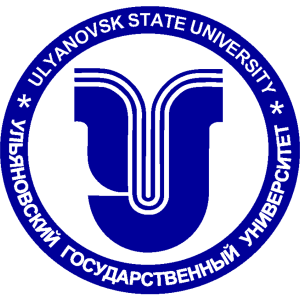
Ulyanovsk State University

University of Mons
249 publications,
2 263 citations
h-index: 26
11 profile journal articles
Kabashin A
PhD in Physics and Mathematics, Professor

Vavilov Institute of General Genetics of the Russian Academy of Sciences
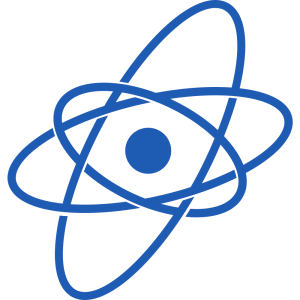
National Research Nuclear University MEPhI
227 publications,
10 577 citations
h-index: 49
11 profile journal articles

Firstov Sergei
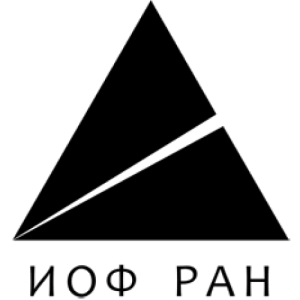
Prokhorov General Physics Institute of the Russian Academy of Sciences
163 publications,
2 596 citations
h-index: 28
10 profile journal articles

Vatnik Ilya

Novosibirsk State University
112 publications,
1 465 citations
h-index: 15
9 profile journal articles

Nieto-Vesperinas Manuel
236 publications,
9 123 citations
h-index: 48
8 profile journal articles

Belov Pavel
🥼 🤝
DSc in Physics and Mathematics, Associate Professor, Professor of the Russian Academy of Sciences

ITMO University
488 publications,
16 639 citations
h-index: 65
Research interests
Dark matter search
Metamaterials
8 profile journal articles

L. Maria
156 publications,
1 688 citations
h-index: 20
7 profile journal articles

Zyablovsky Aleksandr
🥼
PhD in Physics and Mathematics, Associate Professor

Dukhov Research Institute of Automatics
58 publications,
723 citations
h-index: 13
Research interests
Plasmonics
Quantum optics
7 profile journal articles

Zyryanov Victor
DSc in Physics and Mathematics

Kirensky Institute of Physics of the Siberian Branch of the Russian Academy of Sciences
174 publications,
1 536 citations
h-index: 21






























